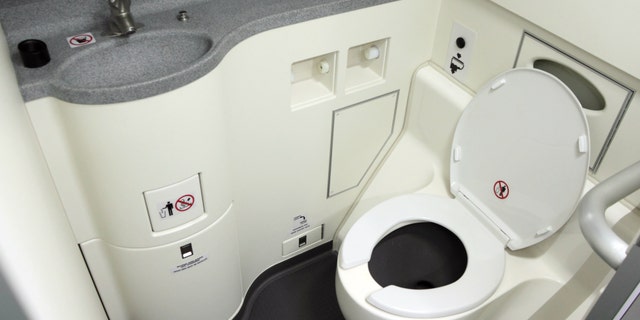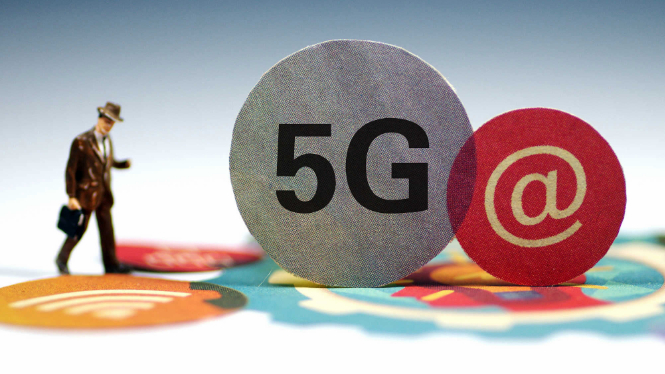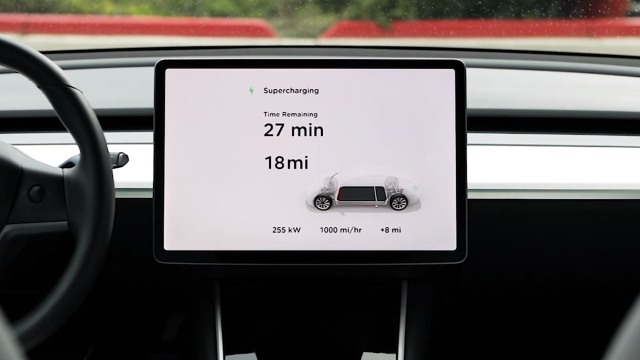Today's great find in the energy space could be tomorrow's folly. With energy prices constantly shifting -- and the energy landscape itself in flux -- it's tough to know what's going to outperform among energy stocks.
With that in mind, we approached three of our Motley Fool contributors and asked what energy stocks they think are worth buying right now for investors who don't mind a bit of risk in their portfolio. They chose Tellurian (NASDAQ:TELL), TPI Composites (NASDAQ:TPIC), and Occidental Petroleum (NYSE:OXY). Here's why, despite the risks, they think these stocks could be great investments.

Some energy industry stocks are riskier than others. Image source: Getty Images.
Loads of potential if things go according to plan
Tyler Crowe (Tellurian): 2019 is going to be the year where we figure out if Tellurian will live up to its promise of being an incredible investment opportunity. The company wants to build a massive liquefied natural gas (LNG) export facility on the U.S. Gulf Coast. It all comes down to some decisions this year that will determine how well investors will do with this still speculative stock.
The fundamental idea for how Tellurian will make money is certainly there. Natural gas production across the U.S. is projected to grow considerably and the price of U.S. gas is well below benchmark prices around the world. In certain shale basins like the Permian Basin, natural gas production far outstrips pipeline and processing capacity to the point that some producers will pay to have it taken away instead of flaring it at the wellhead. With cheap, abundant gas, LNG exporters have an opportunity to make a killing. Tellurian estimates at today's gas prices in the U.S. and abroad, it will generate about $8.55 per share in annual cash flow -- more than what the stock trades for today.
Tellurian has already received all the permits it needs from regulatory bodies and is now looking to lock down some commercial partners to help pay for the construction of the facility. The company expects to make a final investment decision later this year. There will still be loads of challenges for Tellurian on the way that could make this stock look much less appealing, but if things go according to plan, then investors could be looking at a multibagger.
A high-risk chance to own 25% of the wind market
Rich Smith (TPI Composites): I'm going to admit right at the outset: I'm more than a little bit nervous making this call today. That being said, I'm still going to go out on a limb and recommend wind turbine blade maker TPI Composites as a top energy stock to buy right now -- with "right now" defined as "before 2020."
Why am I nervous, and why might this still be the right call to make? Consider TPI's last quarterly report, which my Fool.com colleague Neha Chemaria ran down for us earlier in May. Sales grew 18% in Q1 2019, and billings were up 25%, indicating continued strong growth in demand for wind power. Management predicted that TPI will double its revenue to $2 billion annually by 2021, and could command as much as 25% market share in turbine blades.
Yet at the same time, a combination of materials shortages, labor strikes in Mexico, and a bankrupt customer caused TPI to miss estimates badly in Q1, leading it to report a $0.35-per-share loss -- and reverse a promised fiscal 2019 profit to predict instead as much as a $0.09-per-share loss.
So where's the opportunity in all this? 2019 is shaping up to be another lousy year for TPI, and the stock's price -- down 18% over the past year to $22 a share -- reflects that. Next year, however, analysts predict TPI will rebound to earn $2.20 per share, which at current prices works out to a P/E ratio of 10. For a stock pegged for a 35% annual growth rate over the next five years, that appears to be a very cheap price.
If, that is, the profits return next year as promised.
Worth a look after a beatdown
John Bromels (Occidental Petroleum): Sometimes it just doesn't seem like the right time to buy a company. And just after a company executed a major deal that left investors and analysts scratching their heads asking, "What were they thinking?" is probably one of those occasions. But in keeping with these higher-risk picks, now might be the time to grab a few shares of Occidental Petroleum.
Occidental just fended off Chevron in a bidding war to purchase Anadarko Petroleum (NYSE:APC), but it may have been a pyrrhic victory. While Chevron was offering $62 per share for Anadarko -- already a premium to Anadarko's then-price of less than $50 a share -- Occidental came in with a $76-per-share bid, which a lot of people think was too steep a price. In order to make that bid, Occidental had to secure financing from Warren Buffett, and it didn't come cheap.
Occidental's share price has taken a 25% haircut since April as all this has played out, and investors have signaled they aren't pleased with the deal. But that pummeling has knocked its valuation to just 9.3 times earnings, a 10-year low. It's also boosted its dividend yield to a juicy 6.3%. At this price, Occidental is certainly worth considering.
And it's not like Occidental got nothing in the deal. Anadarko is one of the biggest Permian Basin producers, and with several midstream players working hard on pipelines and export terminals to get Permian oil and gas to market, that big Permian position could pay big dividends for investors who buy in now. But I'll reiterate that this isn't a slam dunk and there's a lot of risk if -- for example -- oil prices enter another sustained slump or promised Permian infrastructure doesn't materialize as planned.
But right now, even though it looks like it overpaid for Anadarko, Occidental Petroleum may itself be oversold.
Let's block ads! (Why?)
https://www.fool.com/investing/2019/06/08/3-top-energy-stocks-to-buy-right-now.aspx
2019-06-08 16:15:00Z
CBMiU2h0dHBzOi8vd3d3LmZvb2wuY29tL2ludmVzdGluZy8yMDE5LzA2LzA4LzMtdG9wLWVuZXJneS1zdG9ja3MtdG8tYnV5LXJpZ2h0LW5vdy5hc3B40gFXaHR0cHM6Ly93d3cuZm9vbC5jb20vYW1wL2ludmVzdGluZy8yMDE5LzA2LzA4LzMtdG9wLWVuZXJneS1zdG9ja3MtdG8tYnV5LXJpZ2h0LW5vdy5hc3B4












